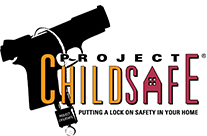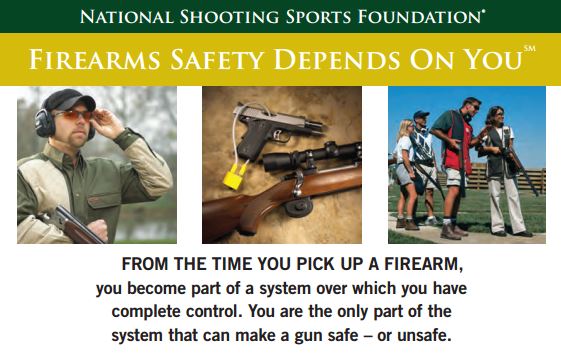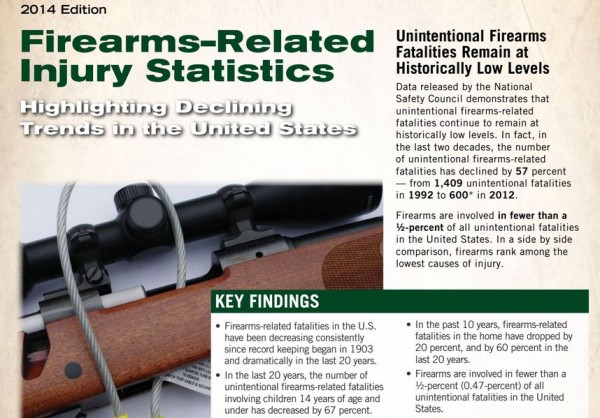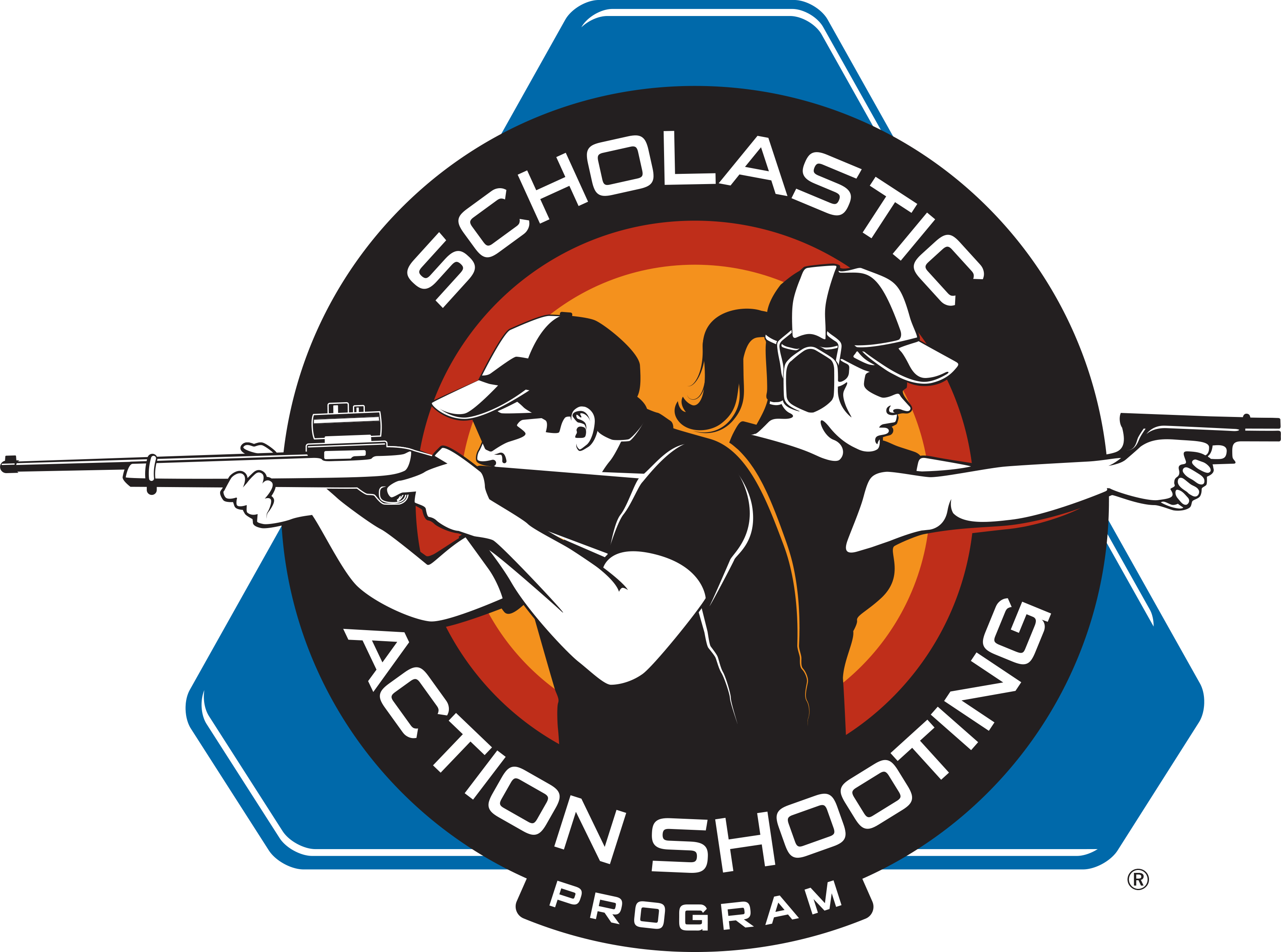SSSF, Project ChildSafe® Partner on Firearm Safety Education
The Scholastic Shooting Sports Foundation (SSSF) is joining forces with Project ChildSafe to help promote responsible firearm handling and storage.
 “Our shared history with the Scholastic Shooting Sports Foundation makes this partnership a natural fit, and SSSF’s many student athletes are outstanding ambassadors of safe firearms handling and storage for young people and adults,” said Steve Sanetti, president and CEO of the National Shooting Sports Foundation (NSSF), which launched Project ChildSafe in 1999.
“Our shared history with the Scholastic Shooting Sports Foundation makes this partnership a natural fit, and SSSF’s many student athletes are outstanding ambassadors of safe firearms handling and storage for young people and adults,” said Steve Sanetti, president and CEO of the National Shooting Sports Foundation (NSSF), which launched Project ChildSafe in 1999.
SSSF is focused on sharing the tradition of shooting sports with future generations. It encourages safe and responsible firearm handling through its team-based shooting training, which allows student athletes to learn, practice, and compete in programs like the Scholastic Clay Target Program and Scholastic Pistol Program.
“With more than 12,000 student athletes participating on over 800 teams across the country, we cannot overstate the importance of safety education as a component of the shooting sports tradition,” said Ben Berka, SSSF’s President and Executive Director. “By working with Project ChildSafe to pass this education through our athletes to their families and their communities, we can foster safe enjoyment of the shooting sports and take steps that can directly help prevent firearm accidents.”
NSSF, the trade association of the firearms industry, launched Project ChildSafe in 1999 as a nationwide initiative to promote firearms responsibility and encourage proper storage of firearms when they are not in use. Its mission is to help prevent firearm accidents through the distribution of safety education information and free firearm safety kits, which include a cable-style gun lock. Through vital partnerships with law enforcement agencies across the country, Project ChildSafe has distributed more than 36 million firearms safety kits and gun locks to gun owners in all 50 states and five U.S. Territories.
Get a Safety Kit
SSSF joins a growing list of leaders in the hunting, conservation and shooting sports industries that have endorsed and supported Project ChildSafe’ s mission and its message of “Own It? Respect it. Secure it.”
More About Project ChildSafe
Project ChildSafe is a 501(c)(3) tax-exempt charity supported through contributions from diverse public sources to Project ChildSafe, Inc. To learn more about Project ChildSafe, visit www.projectchildsafe.org.
About NSSF
The National Shooting Sports Foundation is the trade association for the firearms industry. Its mission is to promote, protect and preserve hunting and the shooting sports. Formed in 1961, NSSF has a membership of more than 10,000 manufacturers, distributors, firearms retailers, shooting ranges, sportsmen’s organizations and publishers. For more information, visit www.nssf.org.
About SSSF
The Scholastic Shooting Sports Foundation (SSSF) is a 501(c)(3) organization supported by contributions from the industry and the public to promote youth development through the shooting sports. SSSF exists to raise funding and other resources for youth development programs in the shooting sports industry. It is responsible for all aspects of the Scholastic Clay Target Program and Scholastic Pistol Program across the United States. To learn more, visit www.sssfonline.org.


